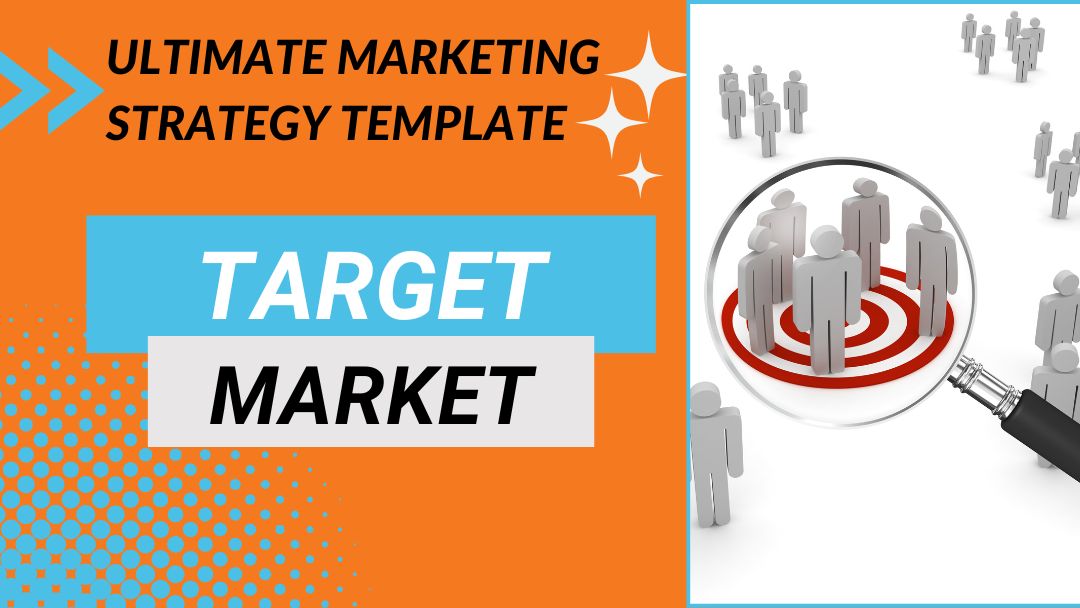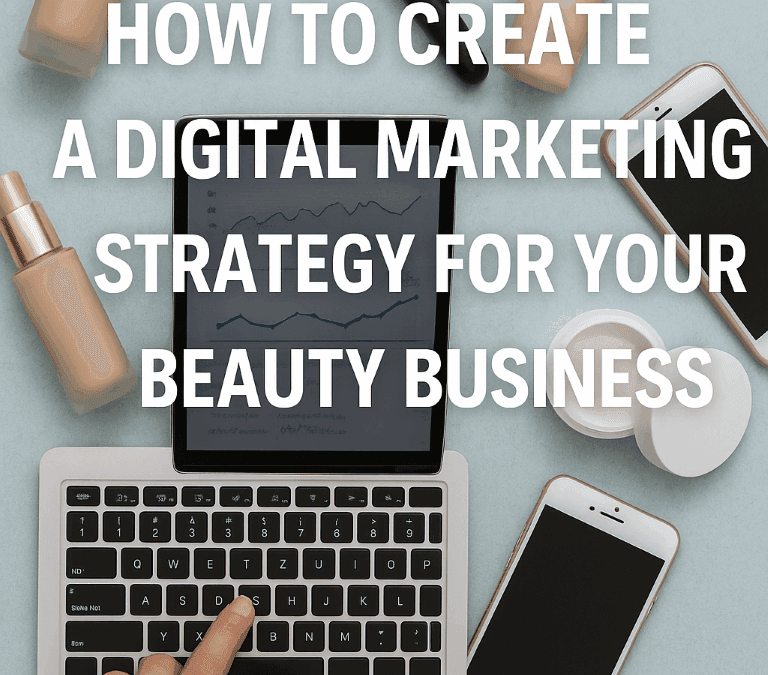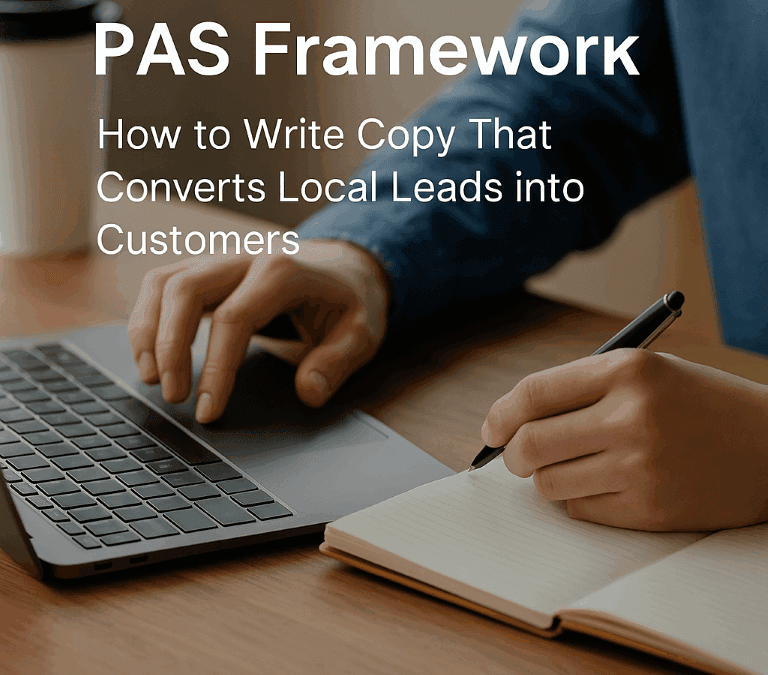Your target market is who you’re directing your marketing at, who you want to capture the attention of, who you want to engage and interact with. Understanding who your target market is, in as much detail as possible, makes all the difference between reaching your business goals, building a community and making your product or sought-after — or missing your target market and the opportunity to reach them.
The Target Market/Audience
Each week in our Ultimate Marketing Strategy series, we’re delving into a different part of your marketing strategy. We hope that this series will help you take a blank page to a bespoke, proactive and all-you-need-to-know document that enables you to tackle, deliver and triumph when it comes to marketing your brand!
So you can get your products and services in front of and loved by your ideal customer. In this week’s Part 3, we’re exploring your target market.
What is a Target Market/Audience
A target market refers to the group of potential customers that your business is aiming to reach, communicate with and sell its products and services too.
Who are they? What do they want? Why do they want it? Where are they going for it? What solutions solve their problems? How do they access it? When do they make the decision to buy? What factors influence their buying decisions?
What are the Benefits of Finding your Target Market?
Knowing what your target market is and who forms that audience is a vital part of your marketing strategy, as without it you won’t know how to best to maximise planning and campaign building, utilise resources and spend your marketing budget.
By targeting relevant and receptive customers you are maximising your return on investment (ROI), brand awareness, presence in the marketplace and competitive advantage.
Tips for Researching your Target Market
Researching your target market requires brainstorming and questioning. A good place to start is to think about who you think will buy your product. You can do this by looking at the reason your product exists in the first place, what problems your products or services solve and who does it solve them for? The answer is almost certainly not everyone unless you are a company like Google!
You’ve built up a picture of who your target market/s are. Now it’s time to affirm your assumptions. Once you have this information, you can use it as a springboard for deeper research.
For example, if you know your product appeals to a specific gender with a specific disposable income, you can use this information to find out where this type of person lives. As a result, you’ll know where to find them (i.e. their location) and will be able to set search parameters when targeting online and offline.
Resources to Help you Get Started
Here’s a list of resources to help with your research:
- The Office of National Statistics – People, Population and Community
- The UK Data Service
- Your existing customers and people who engage with your social media channels
- Your competitor websites and social media channels. There is a good chance your competitors are already targeting the same groups of people that you need to.
- Trade and networking events in your industry
At this stage of your target market research, you are creating an initial target market. So it won’t necessarily stay the same throughout your entire analysis. As you learn more about your target markets, you’ll hone into an increasingly specific target market. Don’t worry about being niche. Specific is great, that’s when you know you’re targeting!
You may also find that you can target multiple markets for the same product or service and you can set up separate campaigns for each one. These audiences may prefer to use different social networks, for instance. B2B (Business to Business) target customers may be more likely to hang out on LinkedIn, whereas a B2C (Business to Consumer) may be all about Instagram.
You will need to spend time researching the type of people who will buy your product and look for similarities between them so you can use this information to define your target market/s.
Building Audience Personas
Your research will help you build an audience persona. Persona building provides a composite sketch of a key segment of your market. Personas are fictional characters that you create based on your initial research and continue to develop as you receive data and feedback. It’s likely you’ll have multiple personas to reflect the various user types who may access your product, service, brand or website.
Obtaining this information will give you a comprehensive picture of the different markets you want to attract with your products and services. And what their demographics and psychographics are.
Demographics relates to the key characteristics that can be used to describe your target customer, including:
- Gender: It may be that your product is aimed at both genders, but who is actually buying it?
- Age: Your product may be for a particular age group but, as above, who is buying it? A good example of this is products for children.
- Location: Your product may only be available in specific postcode areas or countries so you won’t want to spend money marketing outside of these.
- Occupation: If you are selling to businesses, you’ll likely want to target the key decision-makers. If you are selling to consumers, then hone on whether your product helps them with their work or life outside of work?
- Income bracket/Disposable income: You may be marketing a luxury product or service.
- Relationship status: Marital status has been found to impact what people are likely to buy
Psychographics refers to the qualitative study of consumers based on psychological characteristics and traits. You’re seeking to understand their emotions and buying needs so you can support them and solve their problems more accurately. These psychological measures include their values, goals, motivations, interests, desires, lifestyle choices and communication styles (so you know how to talk to them).
You may not find all of this information, and some of it could be irrelevant for your product/service, but the more comprehensive you can make your audience persona, the easier it will be to target them.
How to Make the Most of Your Research
Keep It Current
As with all marketing actions, keep an eye on who is communicating with your brand, and engaging and interacting with your product/service, so you can make tweaks to your personas, where needed.
For instance, you may initially define your target age bracket as 25-40 years old, but later discover the age range is closer to 20-35-year-olds. Your marketing strategy is dynamic. It will therefore potentially change as your data grows and consumers’ needs evolve. It’s, therefore, crucial to continue to research, measure and test your assumptions on who your target market is, based on sales and engagement.
Content Creation
People buy products and services because they solve a particular problem for them. So once you know who your target market/s are, you can gather information on their demographics and psychographics, and build personas to understand their problems and present your product/service as the best solution.
Here are some key questions to ask to help create the appropriate style, tone and voice for your content to showcase your product/service:
- What problems does your product/service solve for your audience personas (these may vary based on the individual user needs)?
- How big is the demographic (i.e., market size)?
- What does this type of persona need and expect from your product/service?
- What are their values in life?
- How do they spend their money?
- How do they spend their time?
- Where do they shop?
- How do they prioritise spending? Are they impulse buyers or savers?
- What does your product/service offer them that your competitors’ product/service do not?
- What sort of information do they need from you to make a purchasing decision? For example, responsible buyers need to trust your product and therefore require more information than impulsive buyers do.
- How much time do they spend contemplating the purchase?
- Are they the main decision-maker in the buying process?
Again, you might not be able to answer all of these questions, but the more information you can glean, the better it will be for your bottom line because it helps you work out the best people to target for the greatest ROI.
You’ll write and produce content that appeals to your target market. And so, increase engagement rates, sales, brand loyalty and advocacy.
Summary
Your target market refers to the people who you want to buy your products or services.
A successful marketing strategy involves thorough target market research so you can build accurate and comprehensive audience personas that detail their characteristics and behaviours.
Once you have this information, you’ll understand how to set targeting parameters to find them and to create content they want and need in order to buy your product (or move onto the next step in your sales funnel).
Ultimately, a thorough understanding of your target market presents a huge opportunity to position your product or service as the must-have offering, which, in turn, leads to success in the marketplace, competitive advantage and a greater return on investment.
What’s Next?
We’ve brainstormed and now know what to include in our Executive Summary. We’ve explored Market Research and all your need to know about your Target Customers. Next week, we’ll be delving into all you need to know about your competitors and how to carry out research to enhance your competitive advantage.
Check out the rest of our Ultimate Marketing Strategy series for guidance, insights and tips:
- Part 1: Executive Summary
- Part 2: Market Research
- Part 3: Target Market
- Part 4: Competitor Research
- Part 5: Unique Selling Points (USPs)
- Part 6: Positioning and Pricing
- Part 7: Marketing Promotion and Distribution
- Part 8: Budget: Offers and Giveaways
- Part 9: Marketing Goals and Conversions
- Part 10: Marketing Metrics: Measuring, Modifying and Monitoring





0 Comments